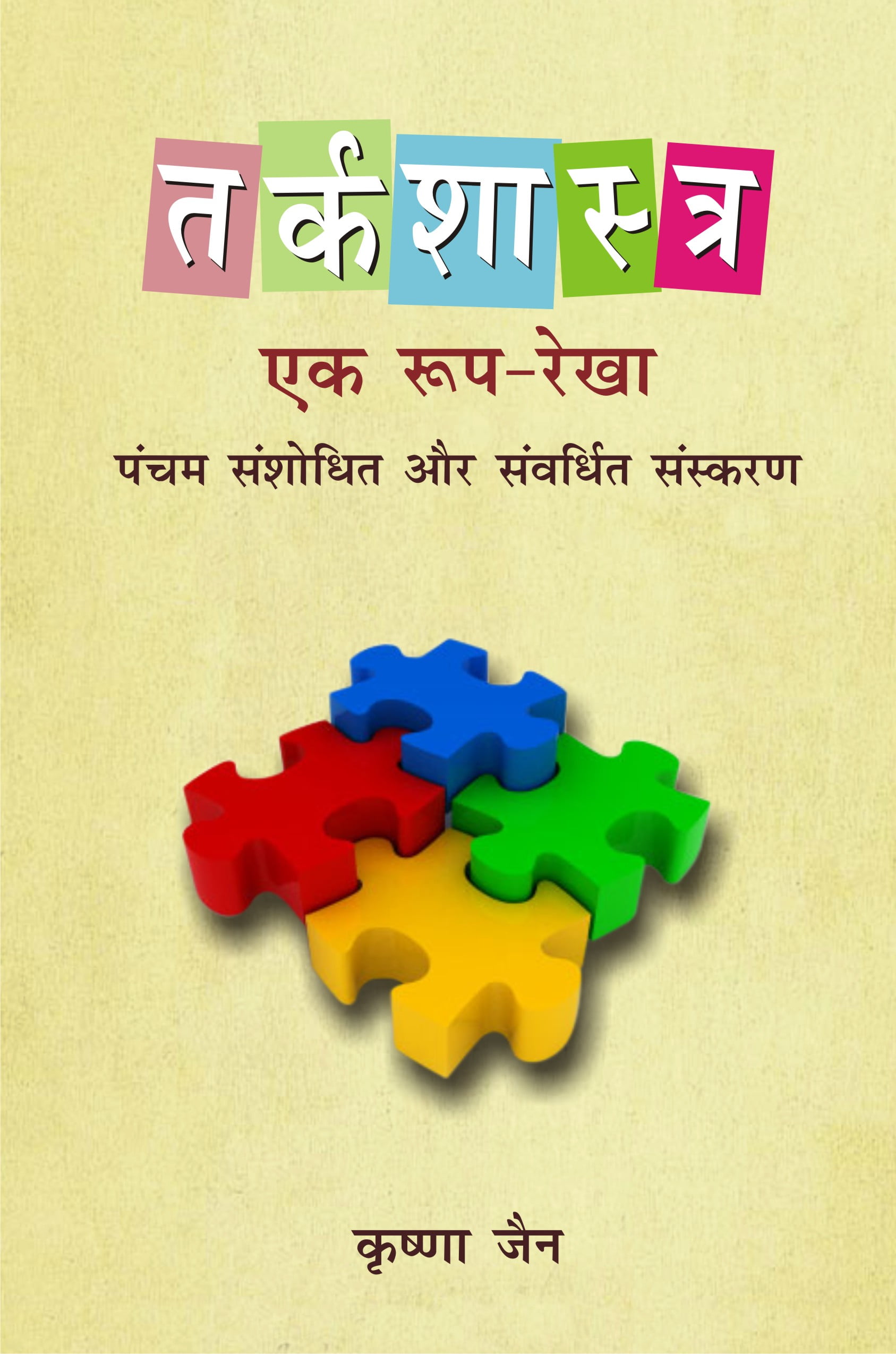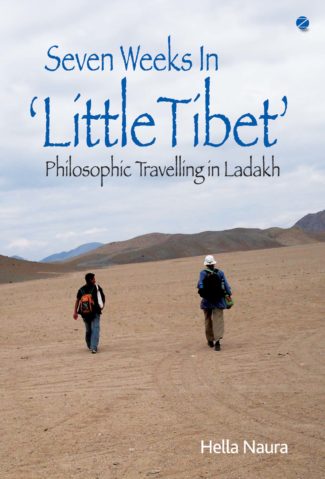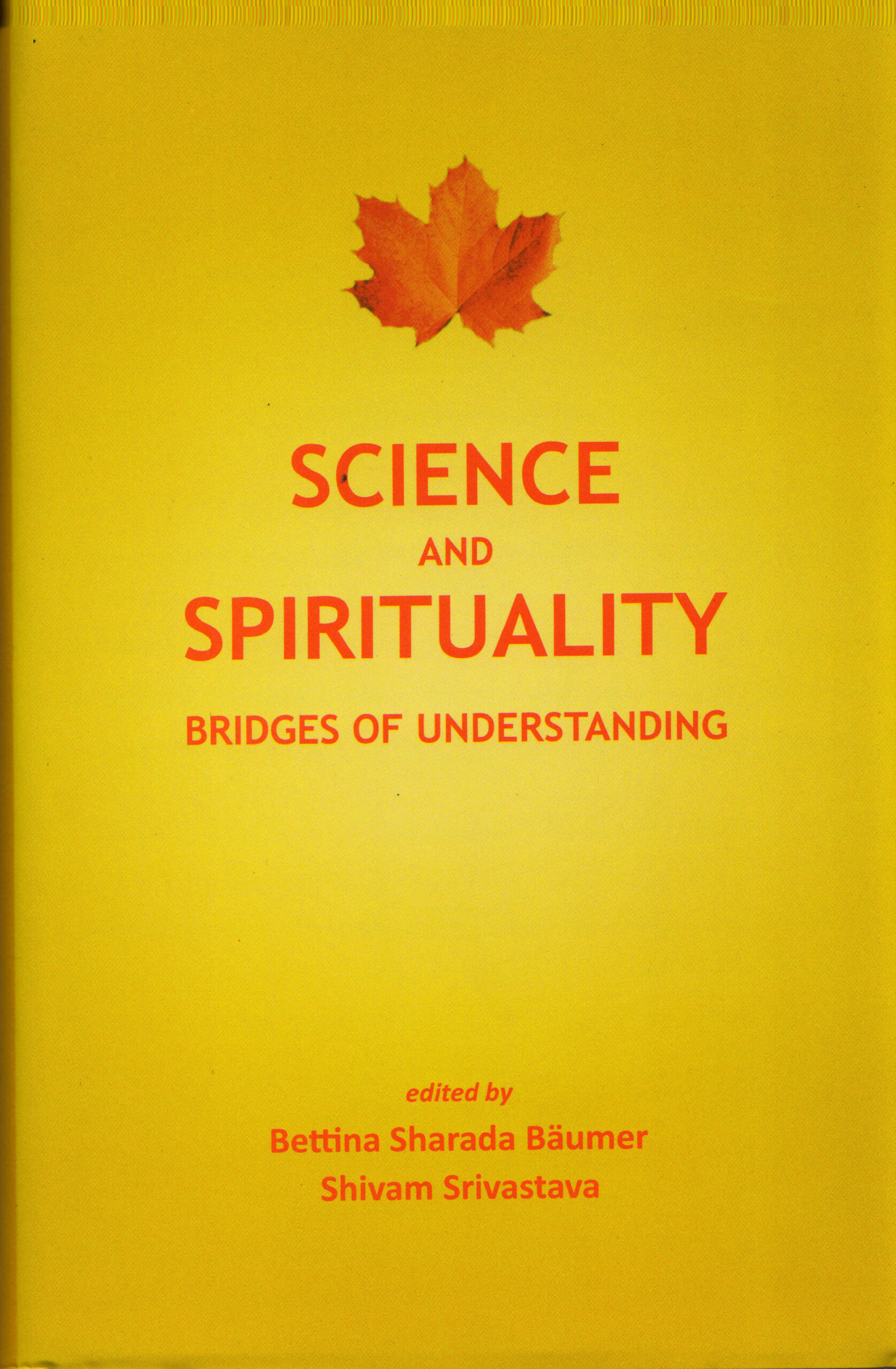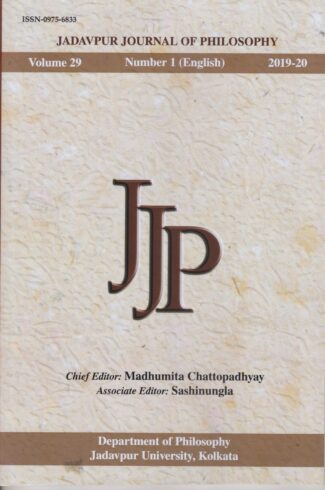-

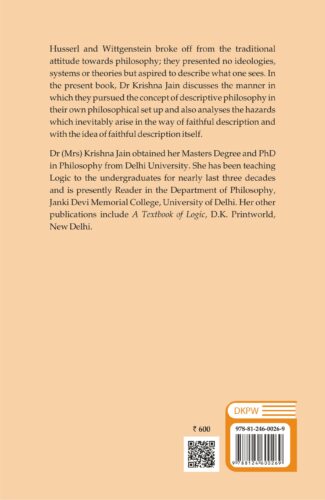
Description in Philo...
Description in Philosophy
With a Particular Reference to Wittgenstein and Husserl by: Krishna JainThis book discusses the manner in which Wittgenstein and Husserl pursued the concept of descriptive philosophy in their own philosophical set-up. It analyses the hazards arising in the way of faithful description and with the idea of faithful description itself.
₹540.00
ISBN: 9788124600269
Year Of Publication: 2018
Edition: 2nd impression
Pages : 171
Bibliographic Details : Bibliography; Index
Language : English
Binding : Hardcover
Publisher: D.K. Printworld Pvt. Ltd.
Size: 23 cm.
Weight: 350 gm.
Husserl and Wittgenstein broke off from the traditional attitude towards philosophy; they presented no ideologies, systems or theories but aspired to describe what one sees. In the present book, Dr. Krishna Jain discusses the manner in which they pursued the concept of descriptive philosophy in their own philosophical set up and also analyses the hazards which inevitably arise in the way of faithful description and with the idea of faithful description itself.
Preface
1. The Concept of Description
2. Description in Wittgensteins : Tractatus
3. Description in Wittgensteins Later Works
4. Description in Husserls Philosophy
5. Limits of Description
6. Hazards of Philosophical Description
Bibliography
Index


